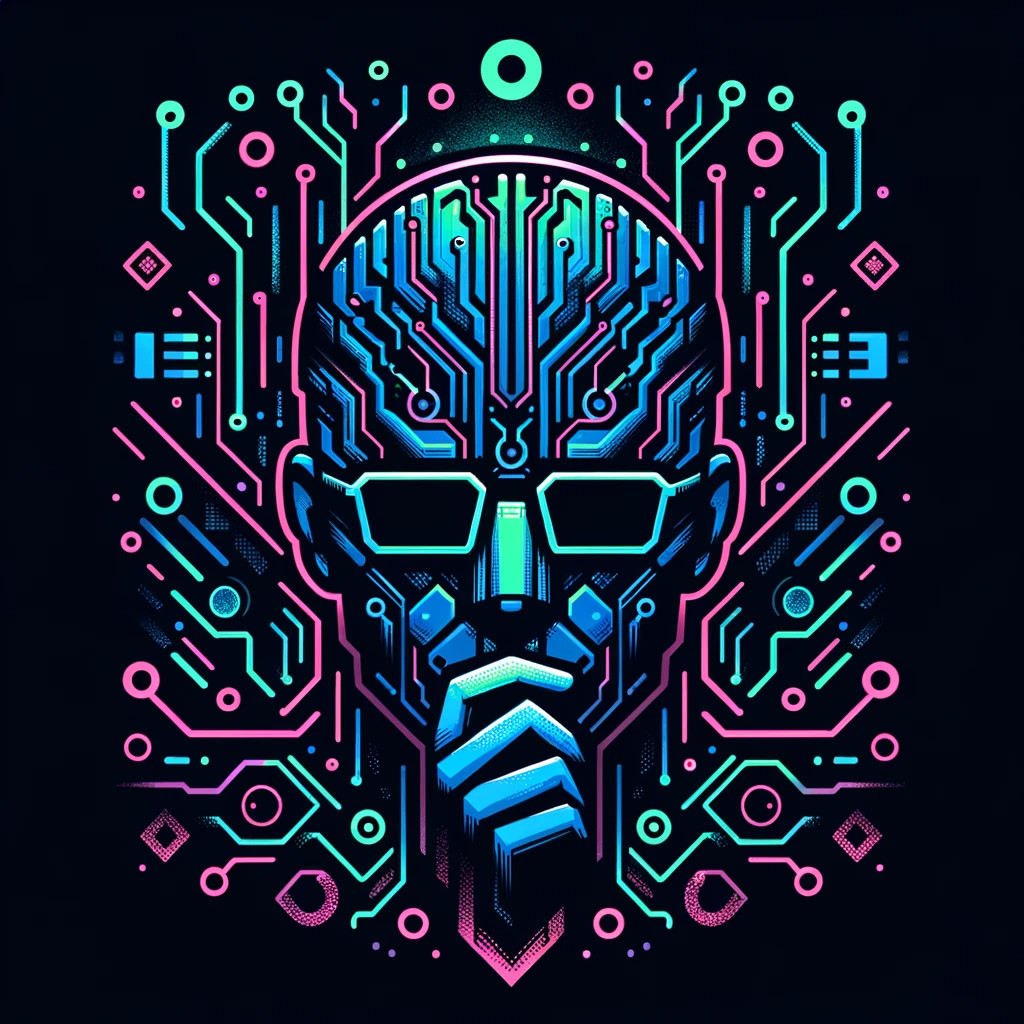
Why AI is over hyped
I have been a software engineer for over 9 years. I have seen many “Game Changing” new technologies come and go. From Blockchain, GraphQL and now AI.
AI is different from the Others though, it salves problems that are widely understandable and work outside of a small niche.
GraphQL Salves APIs not scaling, Blockchain is only useful when you need a non-mutable database(which is almost never) and maintaining state across a decentralized system, but AI can salve many things.
AI can automate social marketing and Data Analyze. AI can write, create art and do many things that were once though as only in the real of human inelegance.
The problem is the name, AI, artificial intelligence. AI is not really intelligent. AI is really just very complicated linear algebra.
AI is not as intelligent as a small insect. These algorithm are simply correlating data points to another and classifying inputs.
How to avoid the problems with AI

narrow scope:
AI need to have very explicit and narrowly defined responsibilities. AI lacks the ability to think as critically as a human.
To get the most out of AI, clearly define one task. This leads to my second point.
AUgment not Replace:
AI works best when augmenting existing software design patterns, not replace them. AI is best used to simplify complex designs, or allow more advanced systems.
AI allows better UX by recommending more relevant products. AI also allows more advanced features like a AI Chat Bot.
AI Chat bots can recommend the best product or server to the client and guide the user completing the sale. This leads to my next point.
AI needs CONTEXTS, use a VECTOR DB
AI needs contexts to understand Data they were not trained on. To allow AI understand data that the AI has not been trained on, you need to use a Vector Database live ChromaDB or PGVector.
Vector databases help AI understand new data by storing information as vectors, which are numerical representations of complex data types like text and images.
When AI encounters new data, it converts it into vectors and quickly finds similar vectors in the database to make informed predictions. This process allows AI to recognize patterns and meanings, enabling it to handle untrained data effectively.
